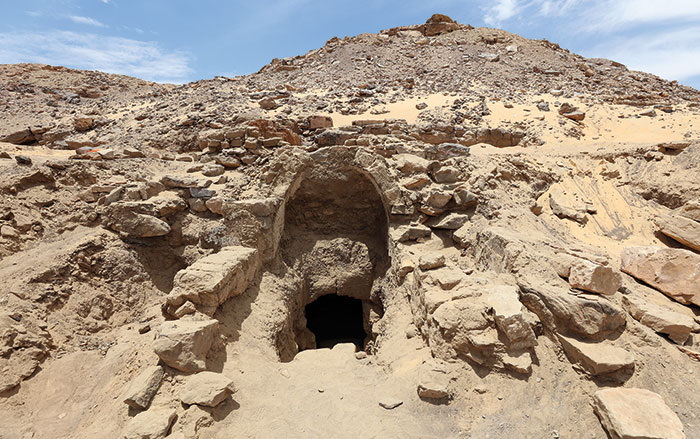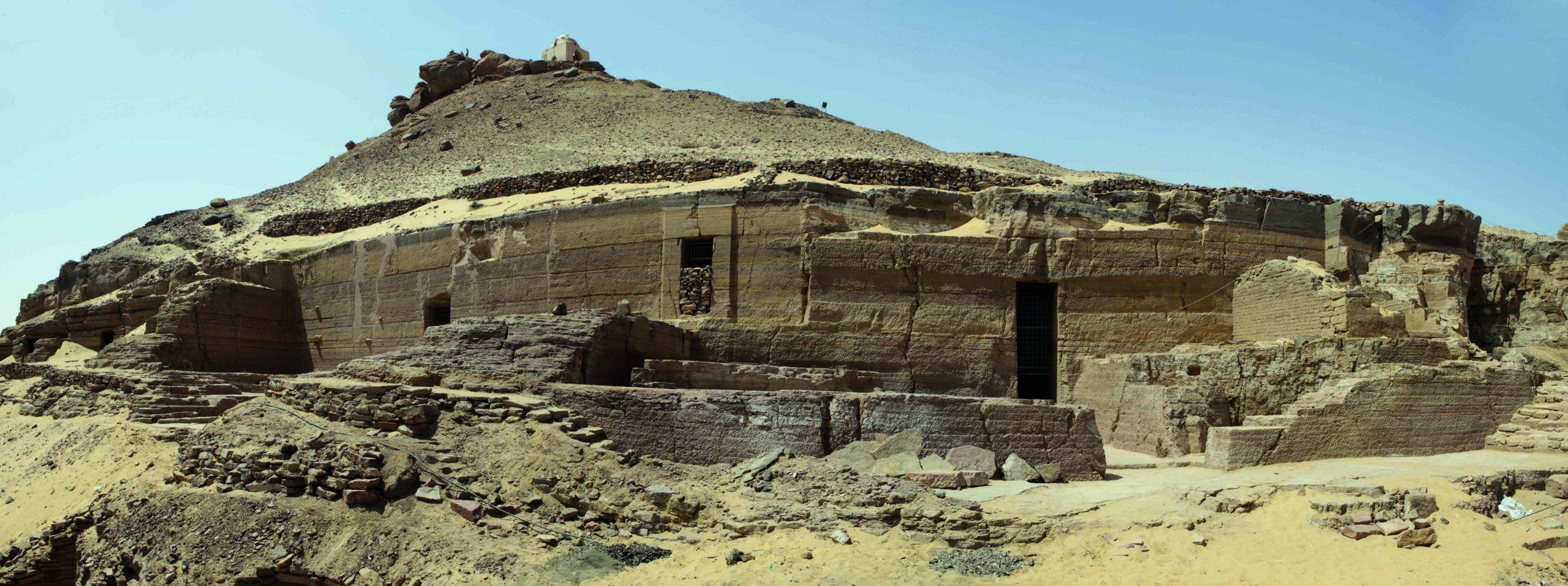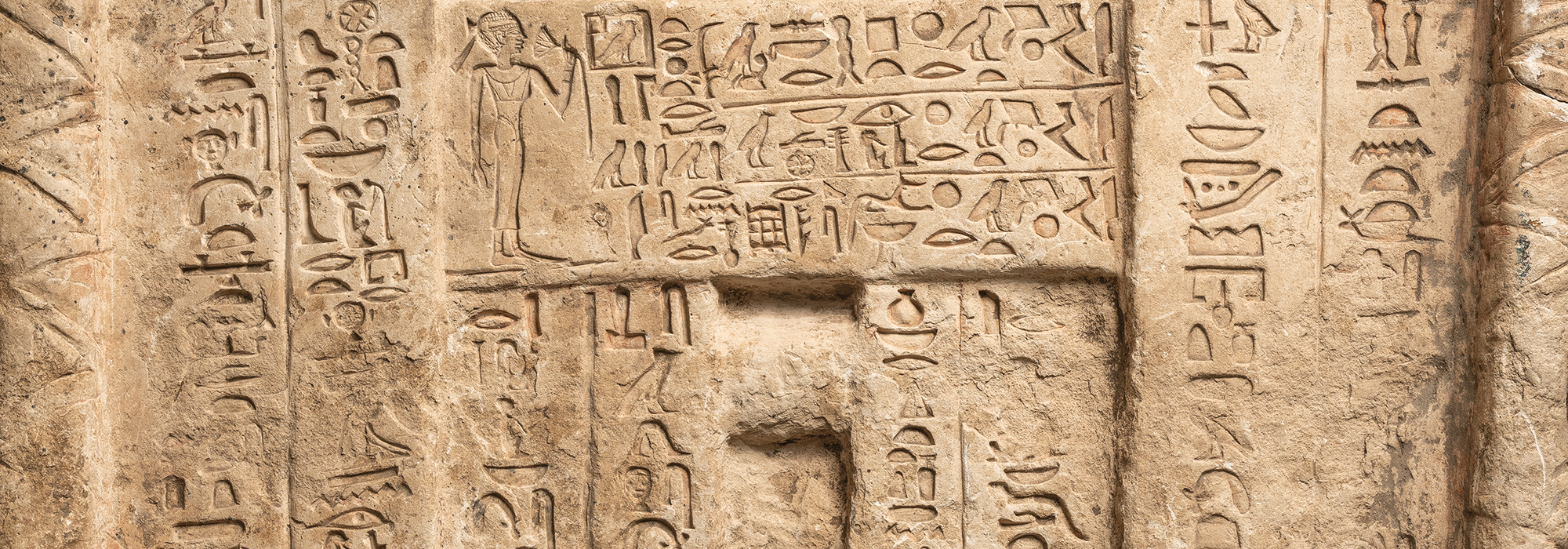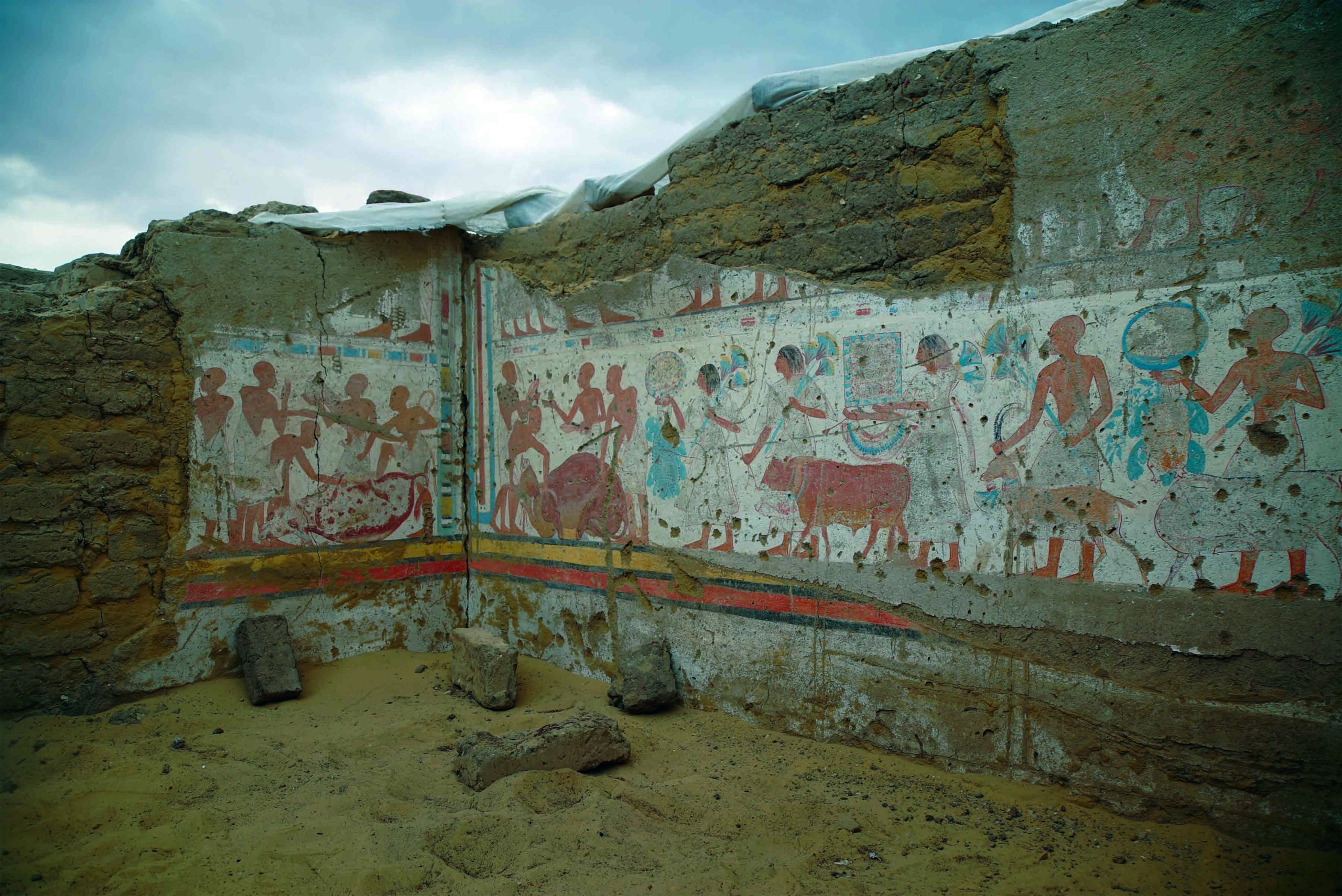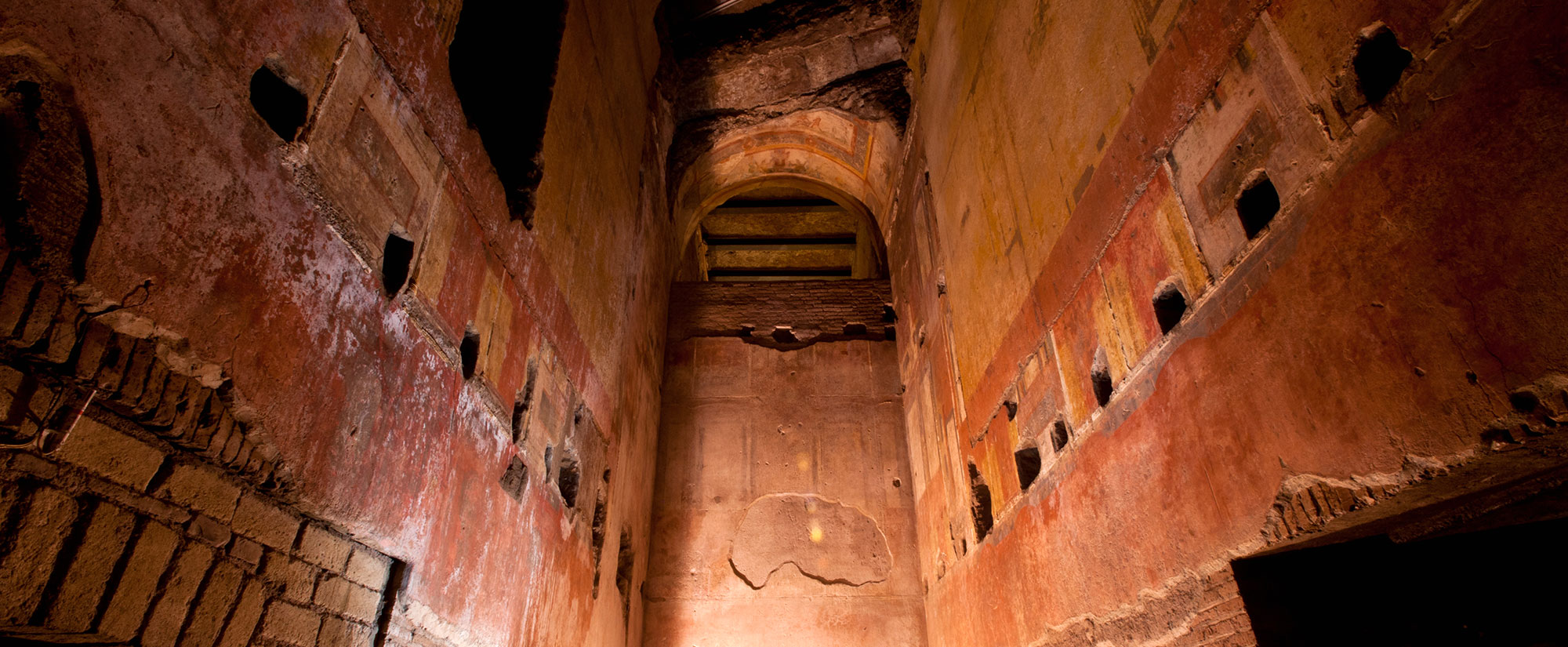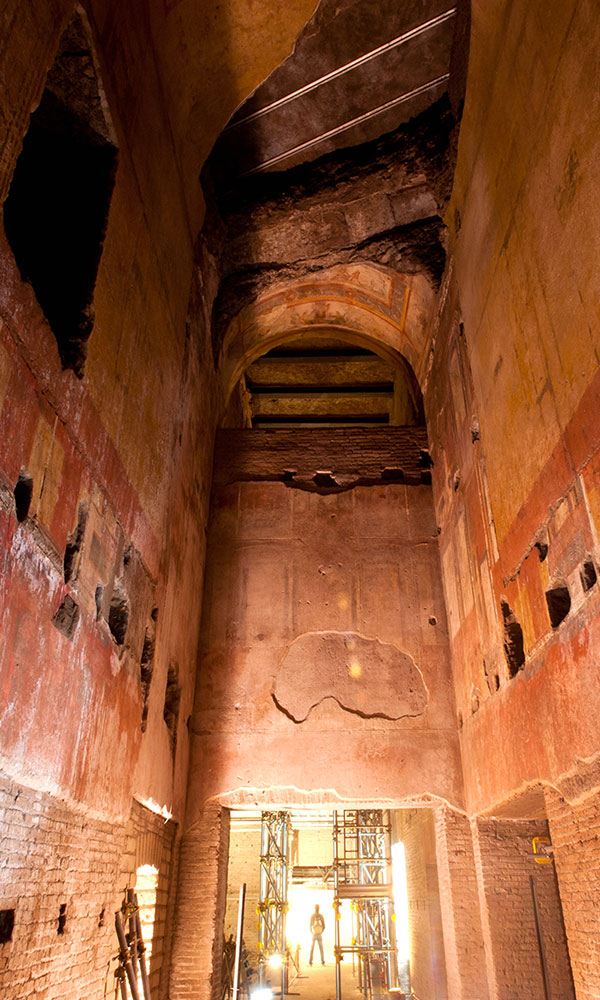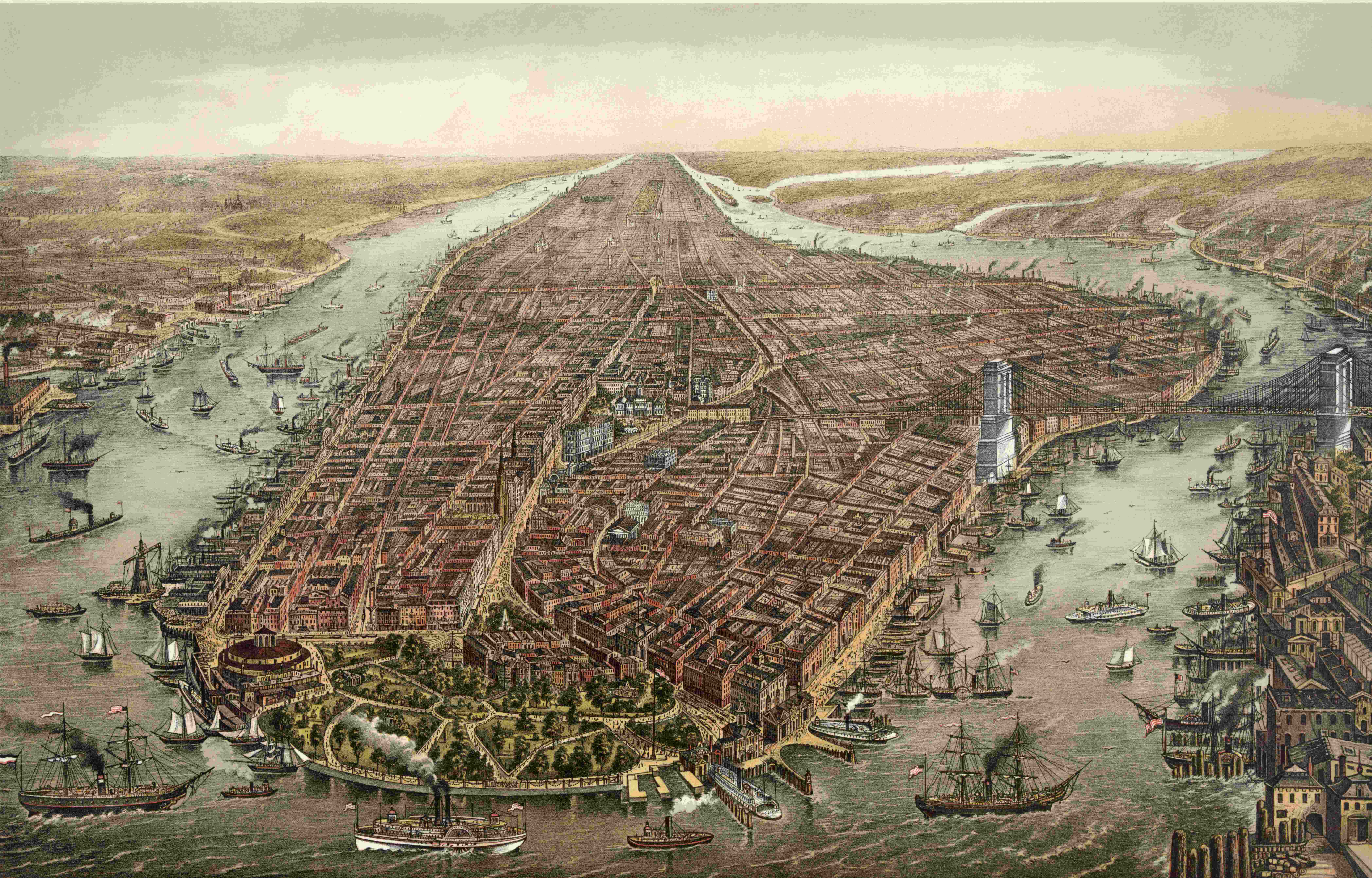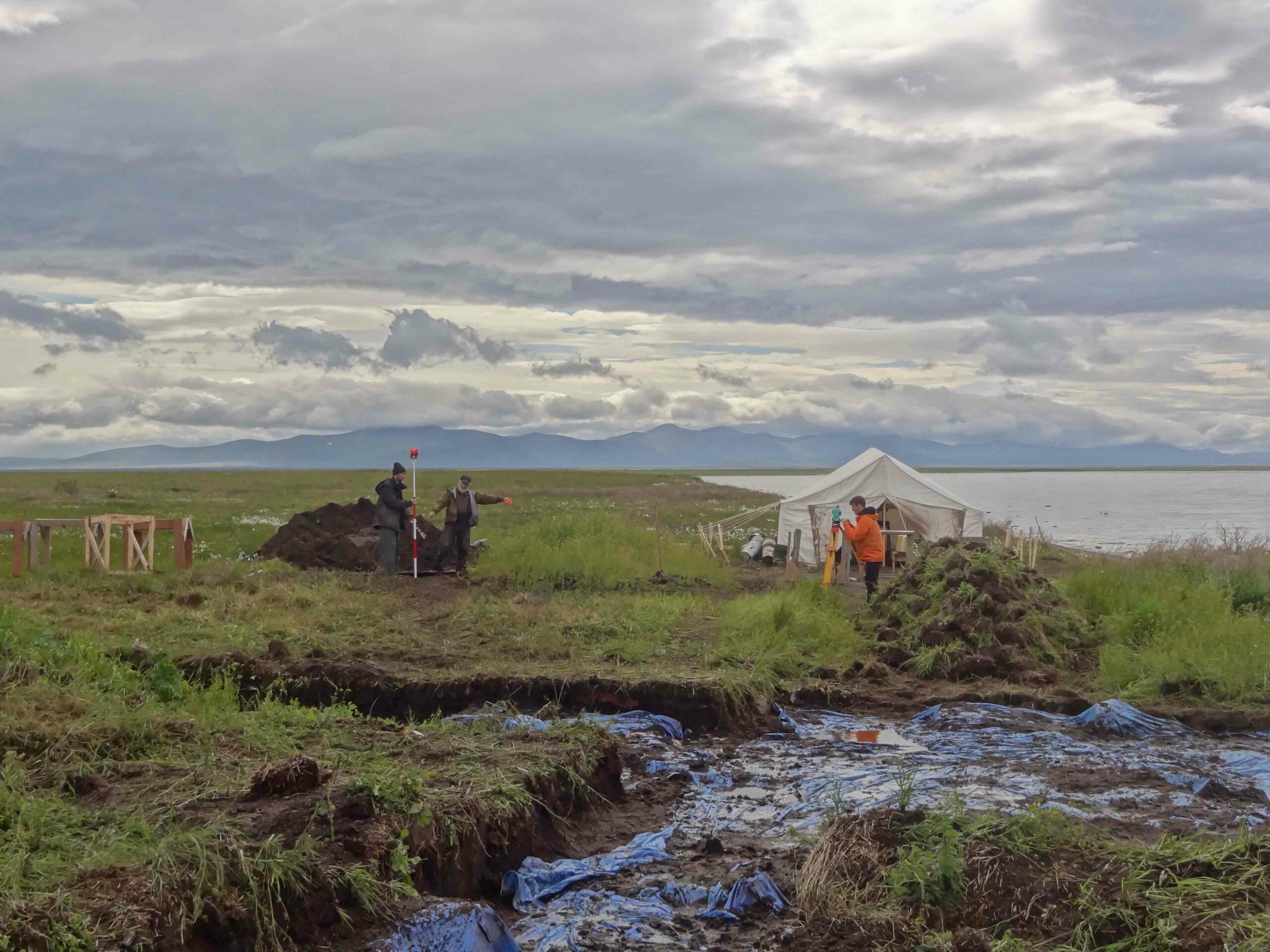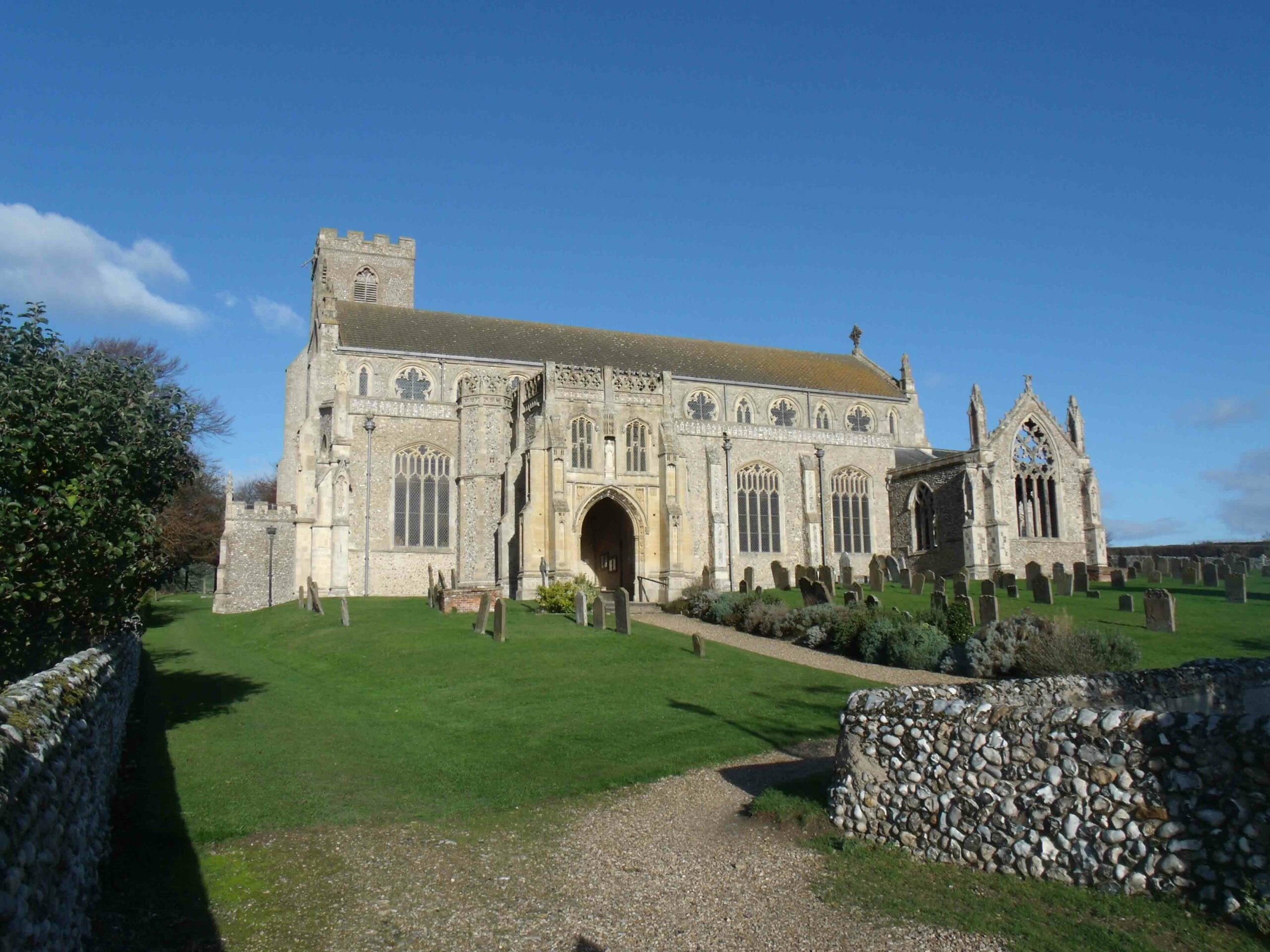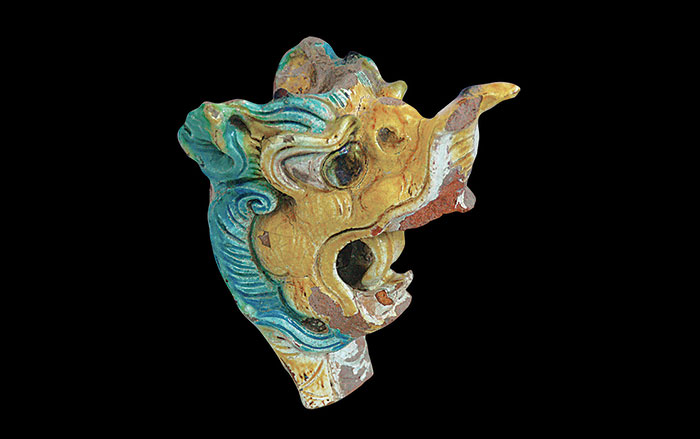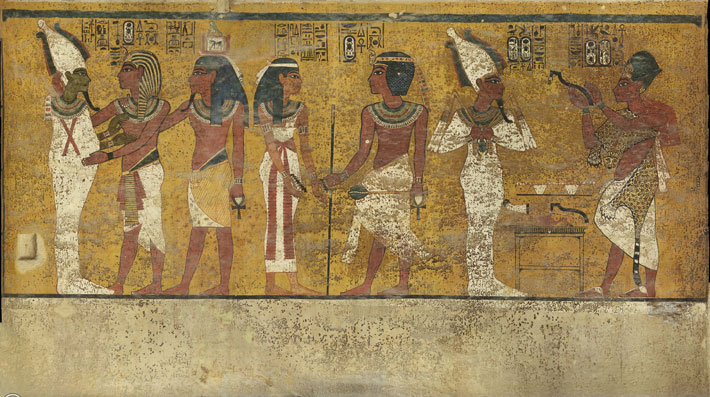
CAIRO, EGYPT—King Tutankhamun’s tomb was scanned last week with infrared thermography by scientists from the Ministry of Antiquities, Cairo University, and the Heritage, Innovation, and Preservation (HIP) Institute, Paris. Preliminary results of the experiment indicate that an area of the tomb’s northern wall is different in temperature than other parts of the wall. According to a report in the Ahram Online, Mamdouh El-Damaty, Egypt’s Minister of Antiquities, said that further tests are needed to mark the area, which could indicate that an open space, or additional chambers, are located behind the wall. British archaeologist Nicholas Reeves suggested that could be the case after he examined high-resolution images of the tomb’s walls produced by the Spanish artistic and preservation specialists Factum Arte. He spotted what looked like two doorways that had been plastered over and thinks they might lead to Nefertiti’s missing burial. To read more about Egyptology, go to "The Cult of Amun."


